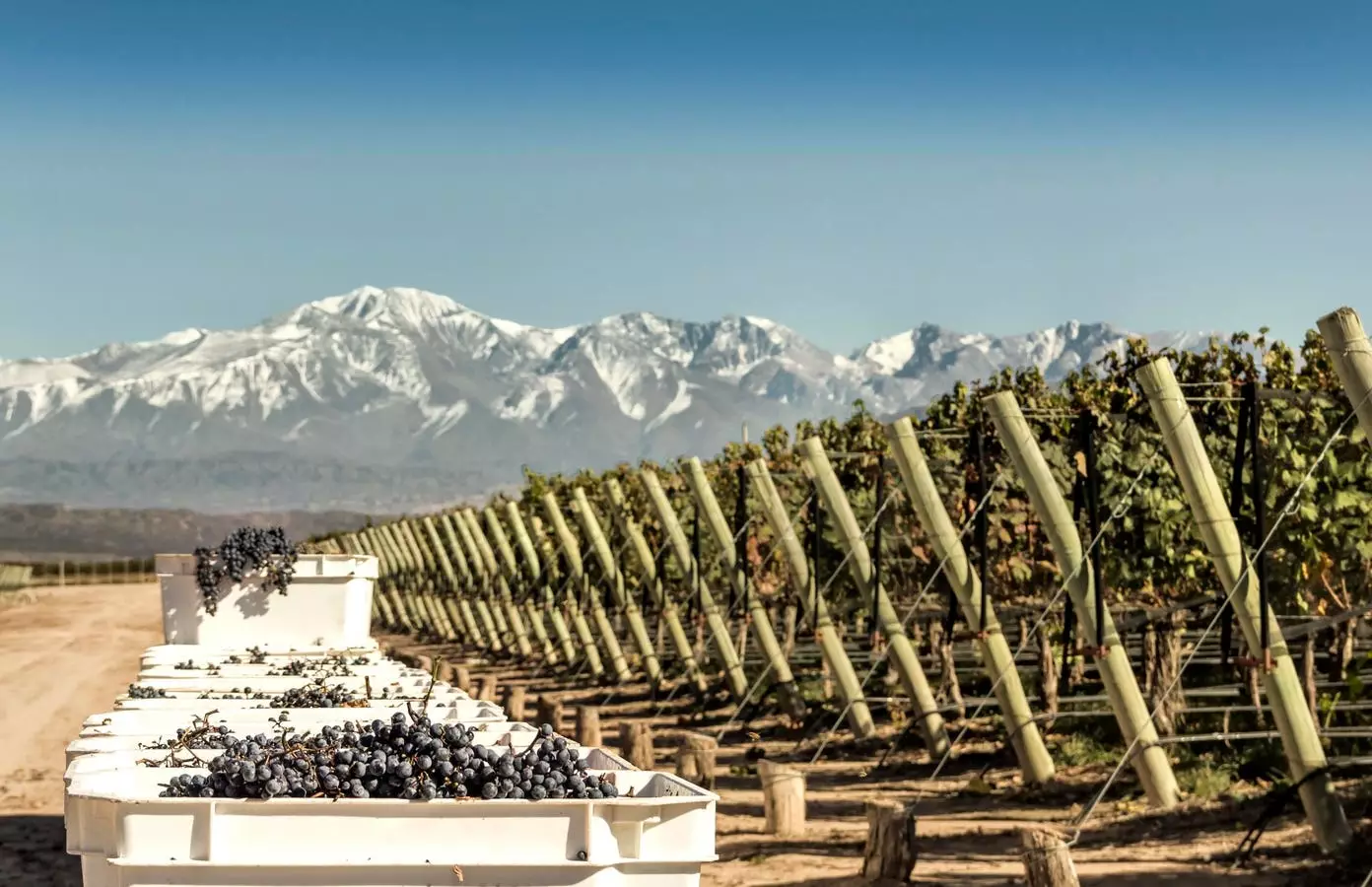The world of wine is often dominated by a handful of recognizable names, with Malbec being the undisputed ambassador for Argentina. However, buried within the diverse landscape of Argentine viticulture lies a surprisingly rich reservoir of flavors waiting to be explored, particularly in the form of Cabernet Sauvignon. This article embarks on a journey through Argentina’s vineyard regions, shedding light on the growing appreciation for this underrated varietal, and emphasizing the remarkable characteristics that make Argentine Cabernet Sauvignon stand out.
Spanning over 1,500 miles, Argentina’s wine-growing regions present an eclectic mix of climates and altitudes. Most vineyards flourish at elevations exceeding 4,500 feet, contributing to a unique environmental tapestry that uniquely influences grape cultivation. The elevation plays a crucial role in the development of Cabernet Sauvignon, as the cooler temperatures that accompany higher altitudes slow the ripening process. This extended maturation period allows for an enhanced phenolic maturity, which is critical for producing rich, complex wines free from the undesirable bell pepper notes that can plague lesser-quality Cabernet Sauvignon.
The geographic diversity means that the same grape can manifest vastly different flavor profiles across regions. The contrast in terroir—from the arid landscapes of Salta in the north to the cooler, wind-swept regions of Patagonia—creates a remarkable spectrum of expressions for Cabernet Sauvignon.
One of the essential aspects of wine production is the concept of terroir, which encapsulates the interplay between soil, climate, and human intervention. As emphasized by celebrated winemakers like Patricia Ortiz, a company owner with multiple wineries in Argentina, each wine-producing area contributes various subtleties to the Cabernet Sauvignon grape.
For example, the wines from Luján de Cuyo boast richly concentrated flavors, where ripe fruit notes of blackcurrants, plums, and cherries intertwine with harmonious oak influences, creating a robust and inviting sip. In contrast, Uco Valley’s Cabernet Sauvignon showcases a more elegant structure, characterized by crisp acidity and intriguing floral and herbal notes alongside its fruit flavors. Meanwhile, the terroir of Patagonia yields a refined, earthy profile, often enhancing spiciness and a mineral backbone that offers a refreshing alternative.
The varietal’s adaptability to different growing conditions is akin to how varying wine styles emerge from widely recognized regions around the world—think Napa Valley versus Bordeaux. This flexibility is helping to place Argentine Cabernet Sauvignon on the radar of wine enthusiasts everywhere.
Winemakers in Argentina are increasingly adopting innovative practices to elevate the quality of their Cabernet Sauvignon. As seen in the practices of Domaine Bousquet and its lead winemaker Rodrigo Serrano, a strong focus on soil health has become a pillar of their viticulture approach. Their commitment to regenerative agriculture and sustainable practices not only ensures healthy grapes but also creates a living ecosystem that thrives long-term.
Serrano highlights the unique potential of Gualtallary’s valley to fully express Cabernet Sauvignon. By allowing grapes the necessary time to develop, the resultant wines demonstrate an intriguing balance of structure, depth, and drinkability—appealing to both novice and experienced palates alike.
The essence of Argentine wine extends beyond the land; it is also deeply rooted in its people. The influx of European immigrants throughout the 19th century brought a wealth of winemaking knowledge and expertise. These influences continue to shape Argentine viticulture today, enriching the experience for wine lovers who explore Cabernet Sauvignon. Winemaker Karim Mussi rightly observes that the hardworking spirit of the Argentine people adds a layer of depth to each bottle produced.
In a world where fine wines often come with exorbitant price tags, Argentine Cabernet Sauvignon provides a refreshing alternative. Consumers in the United States, in particular, may find that the price-quality ratio of these wines rivals that of premium California offerings, often delivering terroir-driven experiences at a fraction of the cost. As Ortiz elegantly puts it, the aging potential of these wines, paired with their firm structure and acidity, enables them to evolve beautifully over time, reminiscent of more expensive French counterparts.
While Malbec may still steal the spotlight, it would be a disservice to overlook the exquisite possibilities offered by Cabernet Sauvignon from Argentina. As wine enthusiasts seek new experiences, the captivating blend of geography, winemaking practices, and cultural influences ensures that Argentine Cabernet Sauvignon is ready to share its “delicious secret” with the world—and it’s time we all took notice.

